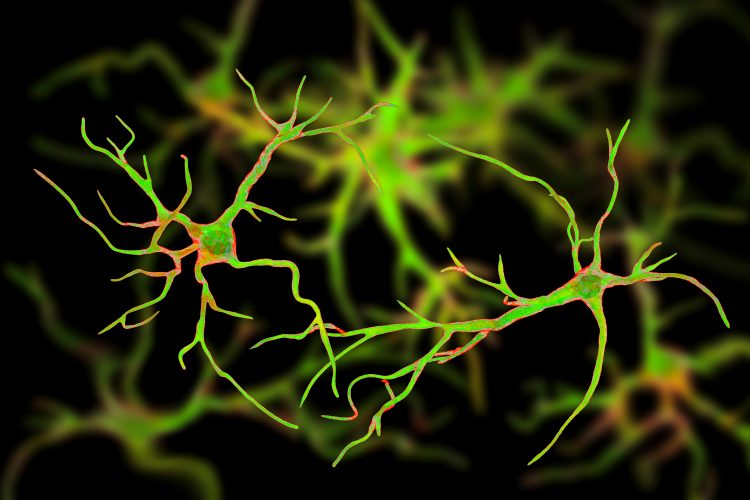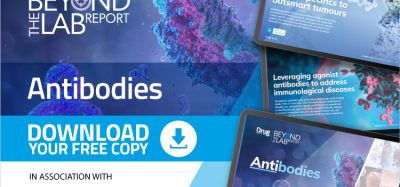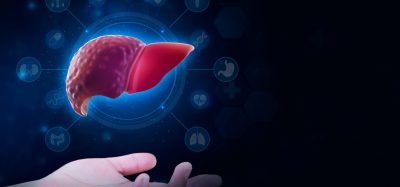Astrocytes gain neural stem cell properties after brain injury
Posted: 11 December 2023 | Drug Target Review | No comments yet
Astrocyte plasticity is correlated with upregulation of the Galectin 3 protein, which may greatly contribute to biomarker discovery.


Specific cells in the brain become active in the case of brain injuries and exhibit properties of neural stem cells, scientists from Helmholtz Munich and the Ludwig-Maximilians-Universität München (LMU) have found. They also discovered that a certain protein regulates these cells and therefore could be a target for therapy and contribute to better treatments for brain injuries in the future.
The loss of neurons, which subsequently causes impairment of brain function, is caused by the onset and progression of neurological disorders, like trauma, stroke, and neurodegenerative diseases. Effective treatment options are still limited, despite the global increase of incidences, because lost neurons cannot be replaced, and the injury environment may not support recovery.
However, previous preclinical research has shown a promising response involving astrocytes, a specific type of glial cell, which are a crucial part of the nervous system alongside neurons. Glial cells are regarded as a safeguard for neurons, demonstrating the ability to resume cell proliferation, which is a mechanism essential for protecting the injury-affected brain from invasion by immune cells.
Some of these astrocytes gain neural stem cell properties. Stem cells self-renew and can produce different cell types, meaning neural stem cells can self-renew and produce neurons and glial cells. In the murine brain, following brain injury where the tight blood-brain barrier (BBB) is disrupted and blood or cerebrospinal fluid can enter, these cells have been detected.
Astrocyte reaction reveals biomarkers
Dr Magdalena Götz from Helmholtz Munich and LMU, and her team, showed that once a disease-related disruption of the BBB happens in the adult human brain, astrocytes start to proliferate and gain neural stem cell properties. They also found that this pathology-specific astrocyte plasticity at the injury site is strictly correlated with upregulation of Galectin 3, a protein serving as a new marker for proliferating human astrocytes.
The first author of the study Dr Swetlana Sirko detailed: “Given the importance of astrocyte proliferation in clinical evaluations of neuropathological state in patients, our findings are relevant diagnostically, but also add to our understanding of how diagnosis-specific changes in composition of cerebrospinal fluid, and in particular an upregulation of Galectin 3 binding protein (LGALS3BP) support the maintenance of astrocyte plasticity in human brain.”
She continued: “Despite the exact mechanisms remaining to be elucidated, the identification of Galectin 3-LGALS3BP axis as an inducer of astrocyte plasticity might largely contribute to the discovery of biomarkers for proliferative astrogliosis prediction and their beneficial modulation within affected brain parenchyma.”
Uncovering two fundamental regulators of astrocyte proliferation after injury offers great promise for the future clinical applicability of these biomarkers as potential indicators for detecting a beneficial reaction of glial cells. Most importantly, it has identified the presence of cells with stem cell potential in patients’ brains.
Dr Magdalena Götz, corresponding author of the study, concluded: “Our analysis with this allegedly boring support cell type, now showed the presence of neural stem cells in the brains of patients with trauma or stroke. This is an exciting novel cell source for replacing lost neurons.”
This study was published in Nature Medicine.
Related topics
Biomarkers, Drug Targets, Enzymes, Neurons, Neurosciences
Related conditions
Neurodegenerative diseases, Stroke, Traumatic brain injury
Related organisations
Helmholtz Munich, Ludwig-Maximilians-Universität München (LMU)








